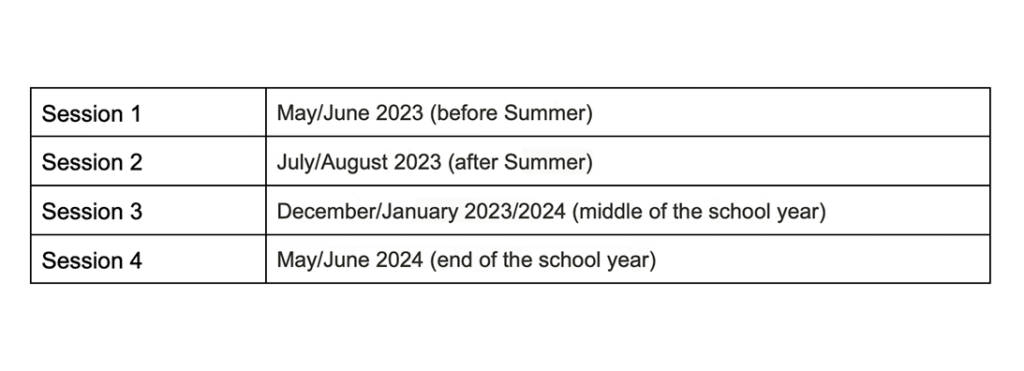Reading and the Brain Study
2023 enrollment is now OPEN!
Please write “Reading and the Brain” in the How did you hear about us? section of the screening form. Feel free to email us at readingresearch@stanford.edu if you have any questions or if you have not received an invitation to a screening session and would like to see if your child is eligible!
Study Background
This research study will be conducted by the Stanford Reading and Dyslexia Research Program (RDRP). The study, which launched in the late Spring of 2022, examines the neurological bases of reading development in children with a diverse range of learning experiences. It involves a series of MRI and behavioral sessions at the Stanford University campus.
Because this is a research study, eligibility depends on multiple factors. Involvement is designed for children with a certain range of performance abilities on a variety of tasks and who can remain still in an MRI scanner. Interested families will have the opportunity to complete one or more screenings.
General Overview
This study involves 4 time frames for your child to complete. Each time frame will consist of 1-2 visits to Stanford University that will involve behavioral testing, questionnaires, and brain imaging (MRI). We may ask you and your child to complete other activities at home (e.g., written surveys, online activities) in between these 4 time frames. Each visit is scheduled at increasingly extended intervals that will span the course of 12 months. Please see below for a graphic of the study’s timeline.

Stanford Visits
We are actively screening and recruiting children for this study now. Please see the enrollment link at the bottom of this page to complete a screening form for your child.
The study is expected to launch in May/June of 2023. The second visit will occur in later in the summer, and the third and fourth visits will be scheduled for later in 2024. See below for anticipated dates.

Children will be compensated $120 for each time frame. We are happy to have a conversation about transportation cost reimbursements if needed (please request ahead of time).
More about MRI
Magnetic resonance imaging (MRI) is a common imaging method that is widely used by scientists and doctors. Using a strong magnetic field, MRI allows scientists to study brain structure and brain activity. MRI does not use radiation.
The Reading and Dyslexia Research Program has years of experience working with children at the MRI center. We make MRI visits child-friendly. Your child will have the chance to get acclimated to the MRI visit with an MRI simulator that looks similar to the real MRI scanner and makes the same noises. At the end, they will receive a picture of their own brain!
During the MRI session, your child will be asked to lie down still in an MRI scanner while completing tasks or watching movies. This study is not suited for children who are claustrophobic or have a hard time staying still. Your child must also be free of metal (including braces) throughout the whole study period. We cannot run MRI sessions with children who have metal on or in them.
Want to sign up to be considered?
Sign up to join our participant pool and be considered for this study!
Our team will follow up with next steps.
Questions? Contact the Stanford RDRP team at readingresearch@stanford.edu
